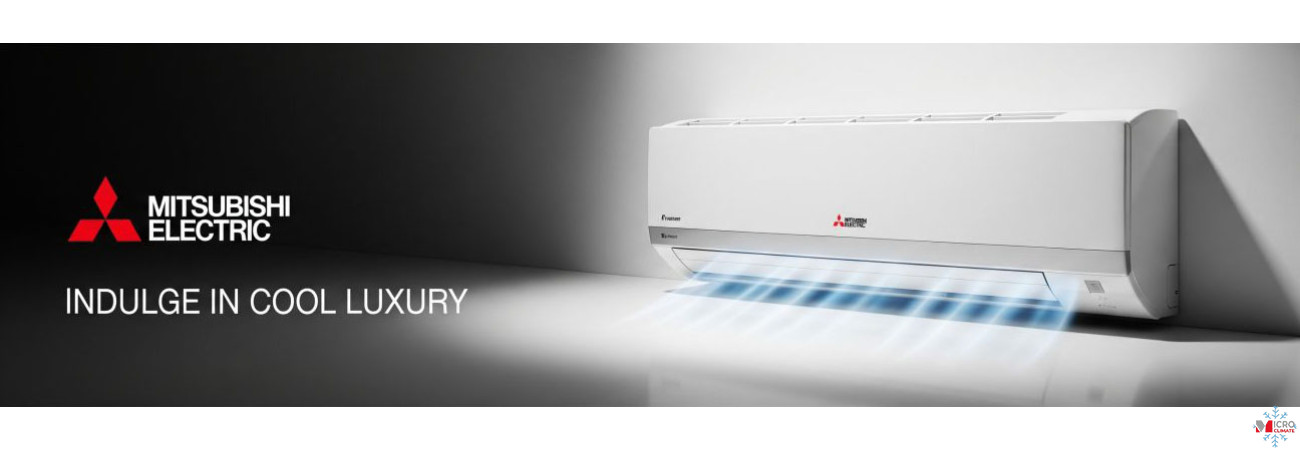
Zoning is one of the most effective strategies to enhance energy efficiency and comfort in air conditioning systems.
By dividing a building into separate temperature-controlled areas, zoning ensures that energy is used only where and when it’s needed — a vital advantage for UK offices, homes, and commercial facilities.
What Is Zoning?
In a zoned HVAC setup, multiple indoor units (or dampers in ducted systems) operate independently, each managed by its own thermostat or controller.
This enables individual adjustment of temperature and airflow per room, department, or floor.
Zoning is essential for buildings with varying occupancy or solar exposure.
1. Energy Savings
Zoning reduces unnecessary heating or cooling in unoccupied spaces.
According to CIBSE 2024 data, it can lower HVAC energy consumption by 25–35 % annually.
In multi-zone VRF systems, compressors modulate output according to combined demand, optimising performance automatically.
2. Enhanced Comfort
Occupants in different areas have varying comfort preferences.
Zoning allows each zone to maintain its own setpoint, avoiding conflicts common in central systems.
Temperature variations across a building can be kept within ±0.5 °C, ensuring uniform comfort.
3. System Longevity
Since inverter compressors operate at reduced speed when only part of the building requires conditioning, mechanical wear is reduced.
This extends system lifespan by 20–30 % and lowers maintenance frequency.
4. Compatibility with Modern HVAC Systems
Zoning works seamlessly with VRF, multi-split, and ducted systems.
Each indoor unit (cassette, wall, or ducted type) acts as an independent zone, controlled via wall panels or smart apps such as Daikin Onecta, GREE+, or MELCloud.
Zoning can also integrate with smart thermostats and BMS for centralised control.
5. Cost Efficiency
Although installation costs for zoned systems may be slightly higher, energy savings typically achieve payback within 2–3 years.
Businesses benefit from lower electricity bills and improved operational flexibility.
6. Real-World Example
A three-storey London office with a Daikin VRV zoning system reduced its annual energy bill by 38 %, while employees reported better comfort and fewer temperature complaints.
7. Integration with Smart Controls
Smart zoning combines sensors, occupancy tracking, and data analytics.
It automatically adjusts temperature in real time based on movement and CO₂ levels, ensuring both comfort and sustainability.
Conclusion
Zoning transforms air conditioning from a static comfort system into a dynamic energy management tool.
By giving each space its own climate control, businesses and homeowners achieve superior comfort, reduced costs, and longer system life — a smart investment for any modern building.




